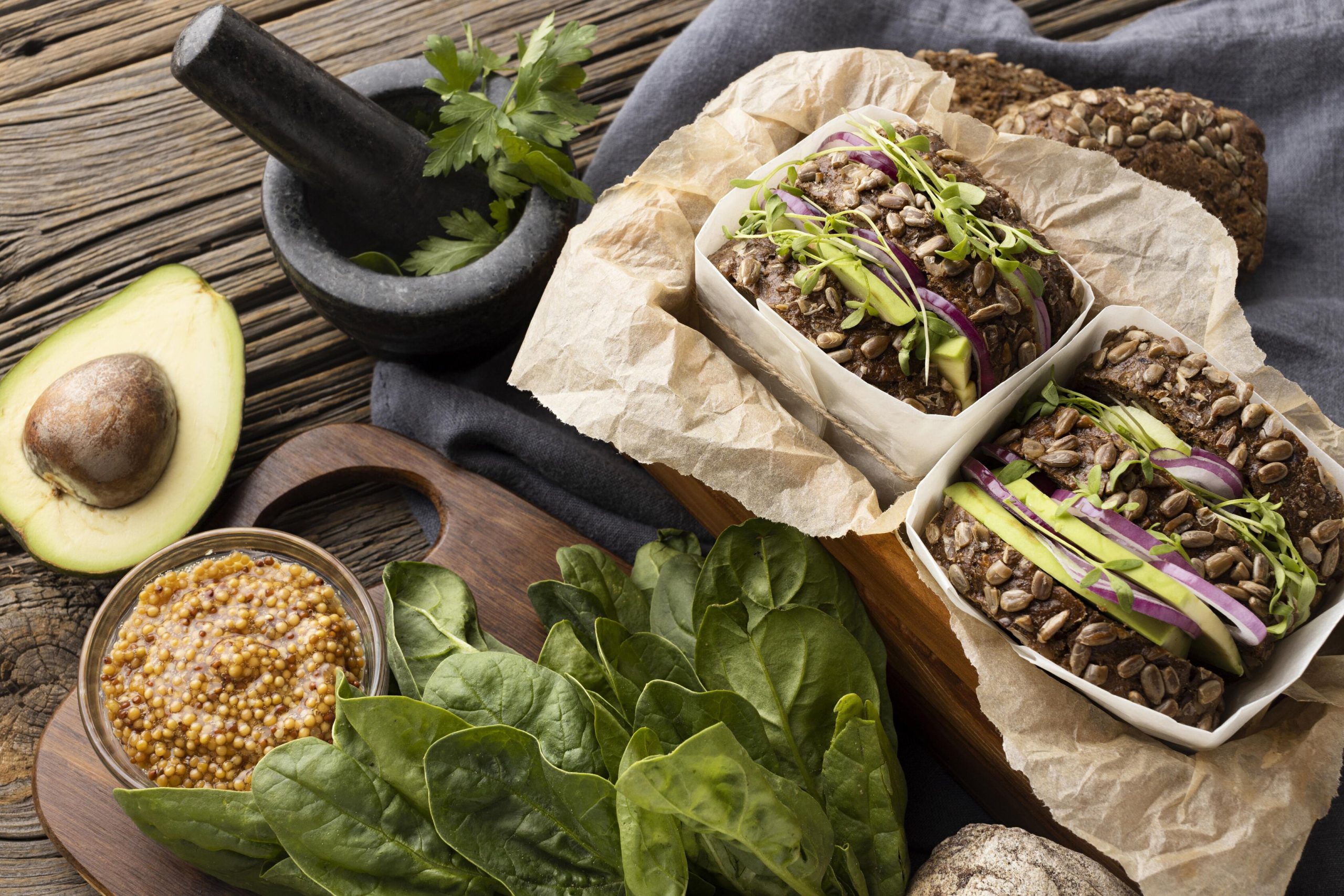The legalization of Cannabis in Morocco
On the 2nd of December 2020, the Commission on Narcotic Drugs (CND), the UN’s main decision-making body on drug control, removed cannabis from its list of most dangerous drugs, which includes heroin and synthetic opioids. Cannabis is subject to the 1961 Single Convention on Narcotic Drugs and was, until December 2020, included in a category allowing it to be banned because of its “particularly dangerous properties”. This amendment was based on a recommendation by the World Health Organization (WHO). In fact, in January 2019, the WHO unveiled six recommendations for the inclusion of cannabis in the UN drug control treaties. Among the many points made by the Organization, it has been clarified that cannabidiol (CBD), a non-toxic compound, is not subject to international controls and it has, in fact, become a prominent part of wellness therapies in recent years, sparking a billion-dollar industry.
The decision made by the WHO was supported by 27 countries against 25. The decision is not in favor of a legalization of cannabis worldwide, which remains among the “highly addictive and liable to abuse substances”. However, it implies that its production and marketing remain reserved for scientific and medical use under international law.
According to this decision, Morocco has raised the issue at the Government Council level. In fact, the Ministry of Interior has drafted a law on the legalization of Cannabis for medical use, in order to regulate the activities related to the cultivation of cannabis, its production, manufacture, transport, marketing, export, and import for medical and therapeutic purposes, subject to authorizations issued exclusively by a specialized agency.
What is the composition of the Cannabis Plant?
Cannabis is a type of hemp, which is a plant used in the yarn industry. As for its composition, the most important part of the plant is its “flower”, it is responsible for producing the so-called “Resin”, this material contains 2 molecules, “THC” and “CBD”. THC contributes to altering the consumer’s state of consciousness making them “high”. It is also used for anesthesia purposes as in the case of cancer patients undergoing chemotherapy. Meanwhile, CBD does not have the same purpose. In addition to its sedative effect, it works against THC to limit its properties, particularly by calming the nervous system. CBD has major therapeutic virtues, according to the U.S. National Centre for Biotechnology Information (NCBI), such as anti-inflammatory properties, it alleviates anxiety and depression, it can calm the symptoms of epilepsy, and it can even contrast certain psychotic disorders (such as schizophrenia), etc.…. Studies conducted by NCBI even suggest that at high concentrations, CBD inhibits the proliferation of tumor cells from certain cancers and that it could reduce the risk of necrosis of the arteries after a heart attack. That’s why the debate about the advantages and disadvantages of Cannabis has risen again, and some countries have realized that maybe they are missing out on the benefits of this plant and its potential for both healthcare and the economy.
Cannabis, what is the potential for the Moroccan economy?
Globally, according to the report released in 2019 by New Frontier Data on the global cannabis industry, the global total addressable cannabis market (regulated and illicit) is estimated at USD 344 billion in the top five regional markets: Asia ($132.9 billion), North America ($85.6 billion), Europe ($68.5 billion), Africa ($37.3 billion) and Latin America ($9.8 billion). On the other hand, the global legal marijuana market size according to a recent research study by Precedence Research was valued at USD 17.5 billion in 2019 and predicted to reach a market value around USD 65.1 billion by 2027 expanding at a compound annual growth rate (CAGR) of around 17.8% during the period 2020 to 2027.
A report has been published as a result of a study conducted in Morocco in 2003 -2004 by the United Nations. According to this report, the area dedicated to the cultivation of cannabis in Morocco was estimated at 134,000 ha in 2003 with a turnover of USD 15 billion in 2003 and 13 billion in 2004. At that time, the total Moroccan production was estimated at 98,000 tons and its conversion into resin (hashish) at about 2,760 tons, with almost half of it originating from the region surrounding Chefchaouen. However, these numbers have been reduced drastically thanks to the “cannabis-free provinces” campaign that Morocco conducted in 2007. As a matter of fact, the area cultivated for cannabis resin in Morocco amounted to 47,000 ha in 2017 for only 1,147 ha destroyed (2.4%), according to the United Nations Office on Drugs and Crime (UNODC). With this area, the Kingdom would have an estimated open air production around 38,000 tons, and 760 tons from indoor production. Morocco thus, retains its position as the world’s largest producer of cannabis resin with a market value of USD 9 Billion in 2017.
The illegal market takes the lead over the legal one, of course. As stated above, the total global market is valued at USD 344 billion in 2019, of which only USD 17.5 billion is legal. Therefore, the illegal market is valued at USD 326.5 billion. Even if the legal market is very limited, the study by Precedence Research predicts an expansion at 17.8% CAGR and a total value of USD 65.1 Billion in 2027. Morocco will be in a prime position to exploit this legal market if more widespread legalization occurs.
What would be the legal frame of Cannabis legalization?
The country acknowledges that legalization should have clear rules to regulate the cultivation and production of Cannabis. In fact, last February the Ministry of Interior presented a draft law on the legalization of Cannabis for medical use which was adopted by the House of Representatives in May. The proposed law contains 56 articles, a third of which establishes clear rules to regulate this activity which will be conditioned by an authorization granted by a national agency that will be created for this specific purpose. The law covers cultivation, production, exploitation, export/import of seeds and plants, processing, transportation, marketing, and the export of final products. The authorizations would be granted only in areas indicated in a dedicated decree. They will be issued within the limits of the quantities necessary to meet the needs of medical, pharmaceutical, and industrial production.
Similarly, authorization will not be granted to produce THC (tetrahydrocannabinol) which is the main molecule of cannabis whose content must not exceed a level set by a regulatory text. On top of that, it is to be specified that the applicant for authorization must be of Moroccan nationality, has the legal majority, domiciled in one of the douars (villages) of the identified provinces. He also must be a member of a cooperative that will be created for this purpose and must own the land or have permission to grow cannabis on it. Additionally, authorized producers must comply with the provisions of the specifications to be prepared by the National Agency, in coordination with the relevant government authorities.
In conclusion, the legalization of Cannabis will unlock great potential for the Moroccan economy, especially since the market is estimated to reach USD 69 billion by 2027. Not to mention that many countries are currently conducting massive research regarding the uses of Cannabis in the medical field. However, the country must not rely on local market’s demand only, efforts should be oriented to exploit global markets and partner with global pharmaceutical firms to build strong exporting business models.
***Numbers are not completely reliable since the scope is illegal
Sources:
https://www.leconomiste.com/flash-infos/cannabis-47-000-ha-cultives-au-maroc
https://encadrementcannabis.gouv.qc.ca/le-cannabis/
https://www.cbdcorner.fr/difference-cbd-thc/
http://www.apdn.ma/apdn/images/stories/file/etudes_enquettes/Morocco_survey_2004_reference.pdf
https://www.youtube.com/watch?v=eAP5N2gPHhM&t=746s
https://www.ncbi.nlm.nih.gov/pmc/articles/PMC7023045/
You may also like
Warning: Undefined variable $content in /var/www/sdomains/nexatestwp.com/infomineo.nexatestwp.com/public_html/wp-content/themes/infomineo/single.php on line 235
Warning: Undefined variable $content in /var/www/sdomains/nexatestwp.com/infomineo.nexatestwp.com/public_html/wp-content/themes/infomineo/single.php on line 235
Warning: Undefined variable $content in /var/www/sdomains/nexatestwp.com/infomineo.nexatestwp.com/public_html/wp-content/themes/infomineo/single.php on line 235
Warning: Undefined variable $content in /var/www/sdomains/nexatestwp.com/infomineo.nexatestwp.com/public_html/wp-content/themes/infomineo/single.php on line 235
Warning: Undefined variable $content in /var/www/sdomains/nexatestwp.com/infomineo.nexatestwp.com/public_html/wp-content/themes/infomineo/single.php on line 235
Warning: Undefined variable $content in /var/www/sdomains/nexatestwp.com/infomineo.nexatestwp.com/public_html/wp-content/themes/infomineo/single.php on line 235








